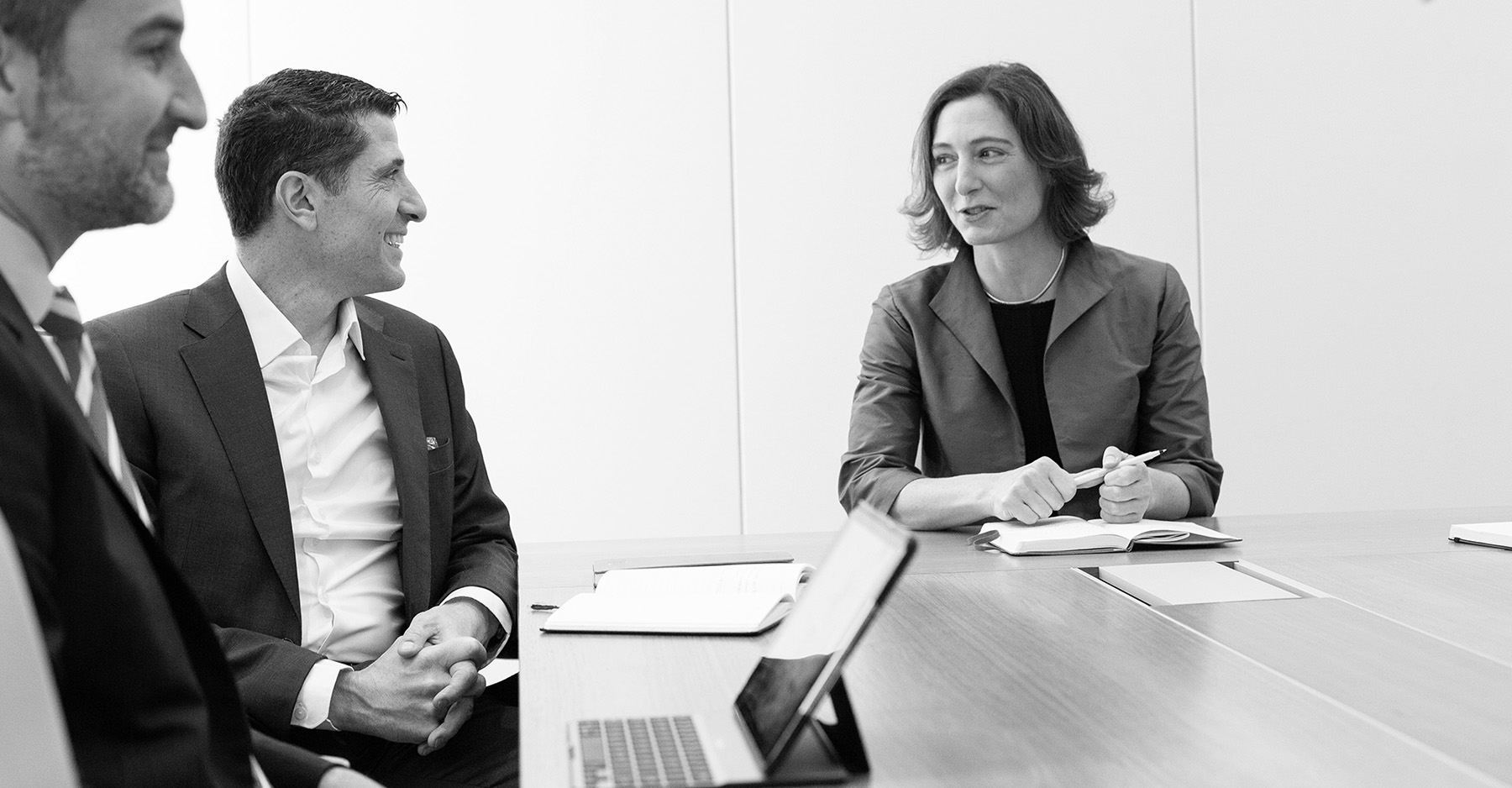Getting to “yes”: What lawyers need to know about Burford’s litigation finance diligence process




What makes a case good for funding? The short answer: Large commercial cases with strong merits and a substantial ratio of investment to realistic settlement value. Burford’s financing is non-recourse, meaning that we receive a return on our invested capital only upon the successful resolution of a case. To meet our fundamental criteria, every matter we consider undergoes a rigorous diligence process to determine the strength of the merits and damages claims and whether the economics of an investment will work. Below we summarize the key steps and factors we consider in our diligence process that help us determine our key criteria.
Before entering into Burford’s formal underwriting process, each case is subject to an initial assessment, during which we ask several questions to determine whether or not the matter meets our basic investment criteria for financing, including jurisdiction, stage of development of the claim and the size of the investment:
Cases that satisfy our initial requirements are then subject to a two-pronged review during which we perform case diligence and evaluate the economics of financing the case.
Burford’s underwriting process undertakes a review of five key aspects of a case:
Merits. We receive returns only upon the successful resolution of a case, so we assess cases carefully to ensure they have strong merits. Our ability to accurately, efficiently and quickly assess the merits of a case requires the assistance of the litigators involved.
Counsel. Burford only finances cases led by experienced litigation counsel with a demonstrated successful track record in the relevant area of law and a strategic approach to litigation.
Damages. The proposed damages must be realistic and supported by evidence—not necessarily an expert report, but a comparable or other solid contemporaneous evidence of loss or valuation, including evidence of a company’s investment in a project or investment if relevant.
Counterparty. The firm and/or business must be reasonably financially sound.
Enforceability. We must be confident that, if the case is successful, payment will be made. We will need to be satisfied that the losing party is creditworthy, has the means to pay or else has sufficient assets located in a favorable jurisdiction for enforcement.
In addition to performing merits diligence, Burford also makes an economic analysis of the case. The economic analysis has several inter-related components: assessing the budget, lawyer risk-share, damages and the ratio between the budget and settlement value of the case.
Litigation budget. When considering a budget for a case, Burford requires a realistic budget to take the case through trial. Because a case that gets to resolution and payment is the only way we get paid, our investment approach is to ensure the case has sufficient funding to get the case to the finish line. A capital commitment based upon that full budget is what we consider when we consider whether the case economics are workable. We cannot consider an investment in the case where the economics depend on an early settlement.
Lawyer risk-sharing. Burford believes that the client, lawyer and Burford’s economic incentives in the case should be aligned. Thus, we expect the client and lawyers to have “skin in the game” along with Burford. When preparing a case for the funding process, litigation counsel should be prepared at a minimum to take a material discount on hourly fees or partial contingency.
Damages. Compensatory damages or losses should be sufficient to support the case economics without treble or punitive damages.
Ratio of investment to damages. Burford believes that for a third party investment in a case to be successful, the case must be large enough that if it goes well, the litigant will receive the bulk of the damages, Burford will receive a return that is at least several multiples of its investment and the lawyers receive a reasonable success fee. Cases where the client must give up most of its upside in return for funding are not a good fit for Burford.
The best candidates for Burford’s capital meet the following criteria:
Burford will consider most commercial litigation and arbitration matters—but not all are suitable for our funding. Helping our potential partners understand our process and the way we think about cases can help expedite the underwriting process and increase the chances of finding solutions that benefit all parties involved.
If you are unsure whether or not your case meets all of our criteria, by all means, call us and we’re happy to do an initial assessment of your case and tell you why it might or might not meet our criteria.